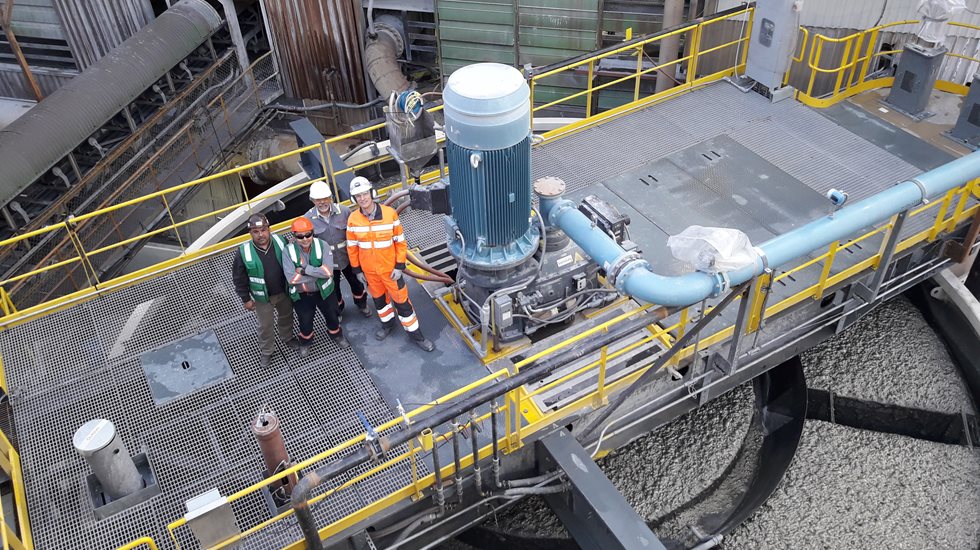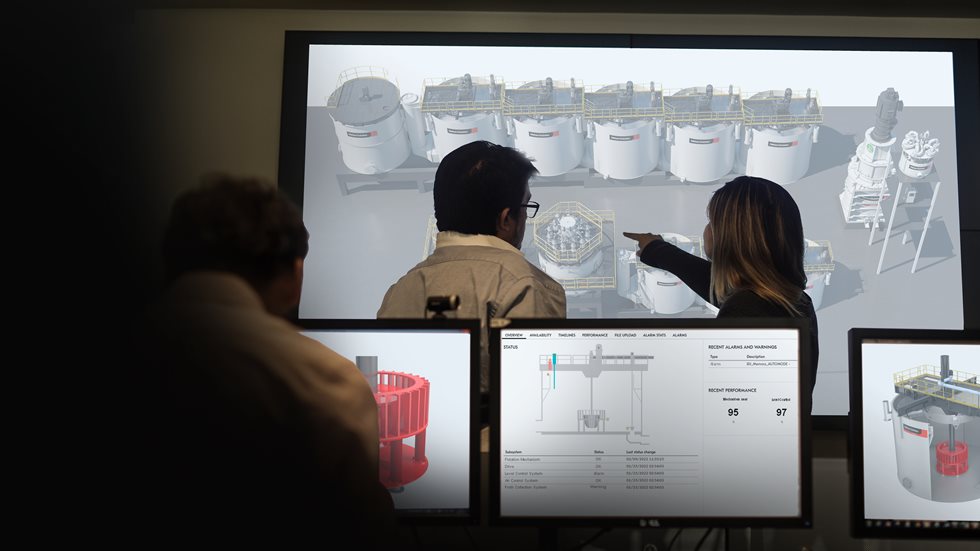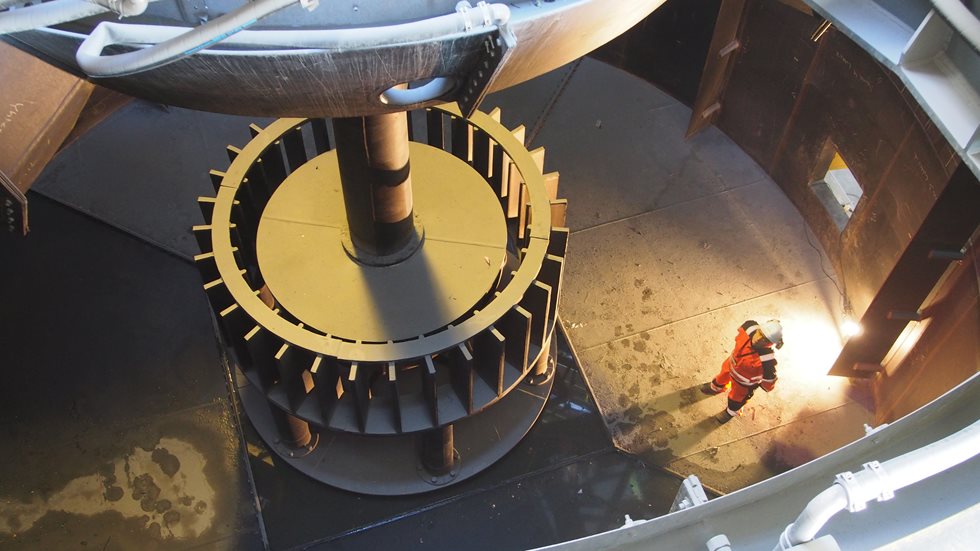Inspections go beyond mere compliance and have the potential to yield significant cost and time savings in the long term. Repairing equipment is generally far less expensive than replacing it altogether. By conducting regular inspections, major repairs can be prevented, and the worst-case scenario of equipment failure can be avoided.
Potential flotation issues and their causes
Flotation is a widely used process in the mining industry to separate valuable minerals from gangue (unwanted material). However, several flotation issues can arise during this process, affecting its efficiency and effectiveness. Some potential flotation issues in mining include:
- Poor mineral liberation: Insufficient grinding or crushing of the ore can result in poor liberation of valuable minerals from the gangue. Inadequate liberation hinders the effectiveness of flotation, as the minerals may remain trapped within the gangue particles, leading to low recovery rates.
- Froth stability: The stability of the froth layer formed on top of the flotation cell is crucial for successful separation. Factors such as the presence of excessive froth or lack of froth can impact the recovery of minerals. Excessive froth can lead to the entrainment of invaluable minerals or gangue as a result of increased water recovery, while a weak or unstable froth can result in lower recovery rates.
- Particle size effects: Flotation performance can be affected by the particle size distribution of the ore. Fine particles tend to exhibit poor flotation response due to decreased collision efficiency and increased detachment from air bubbles. Similarly, very coarse particles may not attach to bubbles effectively, leading to reduced recovery.
- Water quality and chemistry: The composition of water used in flotation can significantly impact the process. High concentrations of impurities such as salts, heavy metals, or organic compounds can interfere with the interactions between minerals and bubbles, affecting the flotation efficiency. Additionally, pH, temperature, and dissolved oxygen levels can influence the performance of the process.
- Flotation reagent issues: Flotation relies on the addition of various reagents, including collectors, frothers, and modifiers, to facilitate the separation process. However, selecting the appropriate reagents and their dosage is critical. Issues can arise due to improper reagent selection, inadequate dosage, or variations in the quality of reagents, leading to reduced recovery or selectivity.
- Equipment problems: Flotation equipment, such as flotation cells or agitators, can encounter mechanical issues that affect the flotation process. Problems such as air leakage, improper agitation, or insufficient mixing can result in reduced recovery rates or decreased grade of the concentrate.
- Mineralogical variations: Variations in mineralogical characteristics within a deposit can pose flotation challenges. Different minerals may have varying flotation behaviors, and the presence of certain minerals (e.g., clay minerals, talc) can interfere with the flotation of valuable minerals, reducing their recovery.
It is important to note that these issues can often be interrelated and complex, requiring a comprehensive understanding of the ore and the flotation process to effectively address them. Experienced metallurgists and process engineers play a crucial role in troubleshooting and optimizing flotation operations.





